For me I have refocused my business concentrating on my established clients, their trainers and the brands I feel make the best and most consistent product while also offering me the support I need as a fitter.
In order to keep some things more simple (while making others a little more complicated) I've also decided to rebrand my saddle fitting under a new LLC. This is largely for simple logistical reasons.
What I really want to talk about is the pressures that have been placed on both the saddle fitting and veterinary fields as I have experience them. While I no longer practice traditional veterinary medicine I'm feeling some of the pressures of increased demand and need from clients for care. Fortunately there are more and more veterinarians becoming interested in and pursuing education in complementary modalities.
Saddle Fitting and Sales has been particularly interesting since we saw the pandemic become an earnest global issue. Early on horse back riding was considered one of the more covid safe activities as we are outside, with good ventilation keeping a reasonable distance as a typical feature of our sport. While many stayed at home, had a bit more time for their horses and, fortunately, in most cases, were able to maintain their income affording more time for their equine pursuits. Many found themselves with a bit more disposable income as travel and other activities were not safe. This created a greatly increased demand for horses, trainers, and of course saddles and tack. This need has been felt across all of the brands I work with.
Combine this with global spread of a deadly virus. Subsequent lock downs as people tested positive or became exposed to the virus have not helped either. In addition, all of the I work with are based out of England Brexit has created yet an additional layer of stress as the European sources for leather and other component parts suddenly became unpredictable. All of this means we have seen a perfect storm of stressors on the saddlery system.
Ultimately I want you to understand is that it has been a hard year to meet the needs and demands of clients. Saddles that took 5-6 weeks in production, in some cases, are being quoted at 21+ weeks while 12-14 seems to be pretty standard. Used saddles are in short supply with high prices and everyone hopes to get their needs met yesterday. The frustrations and demands on the industry means there are new opportunities in saddle manufacturing (however a master saddlery certification takes YEARS to obtain) but it also means that there have been a lot of difficult conversations and choices being made. Stock is difficult to come by and its hard to predict needs months in advance. Can we hope that this bubble in the horse industry doesn't burst while we plan our stock almost 6 months from now? I am endlessly grateful for my understanding and wonderful clients as well as the support for all of the manufacturers I work with, but Ive seen the stress taking its toll on quite a few fitters as they exit the field. Please be kind and understanding and know so much of this is still out of everyone's control.
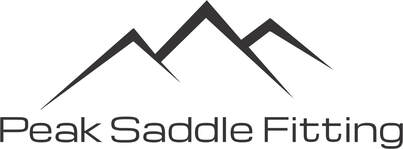
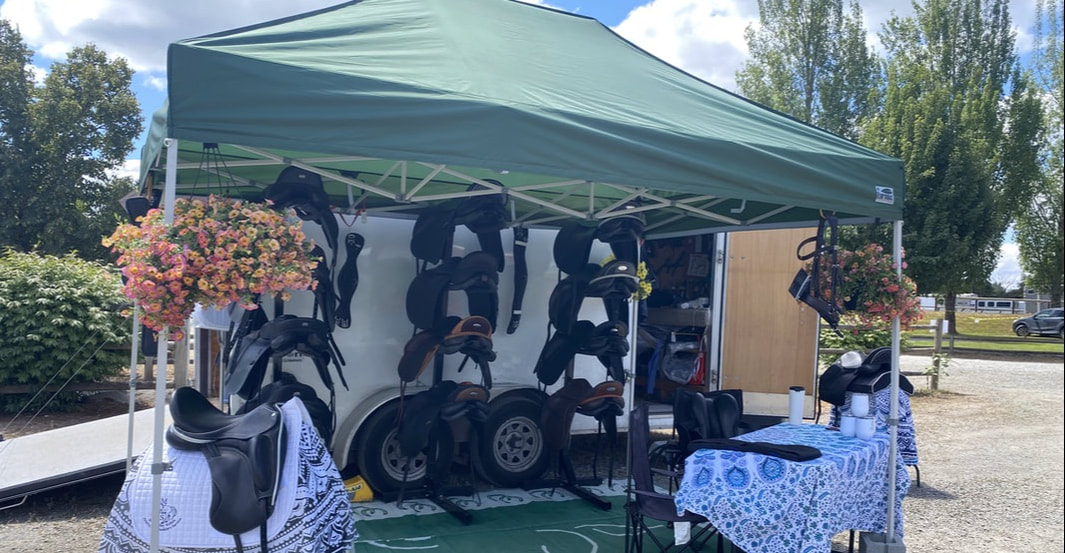



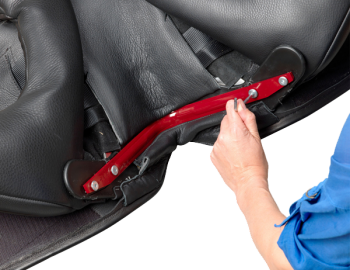
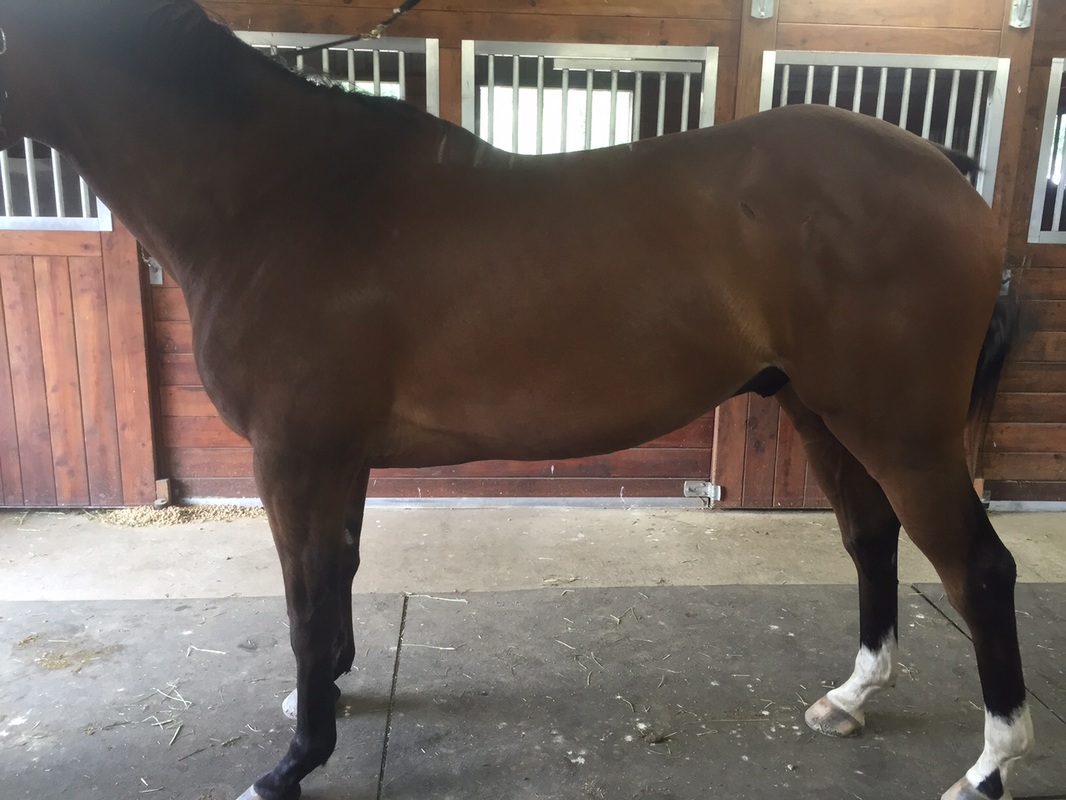
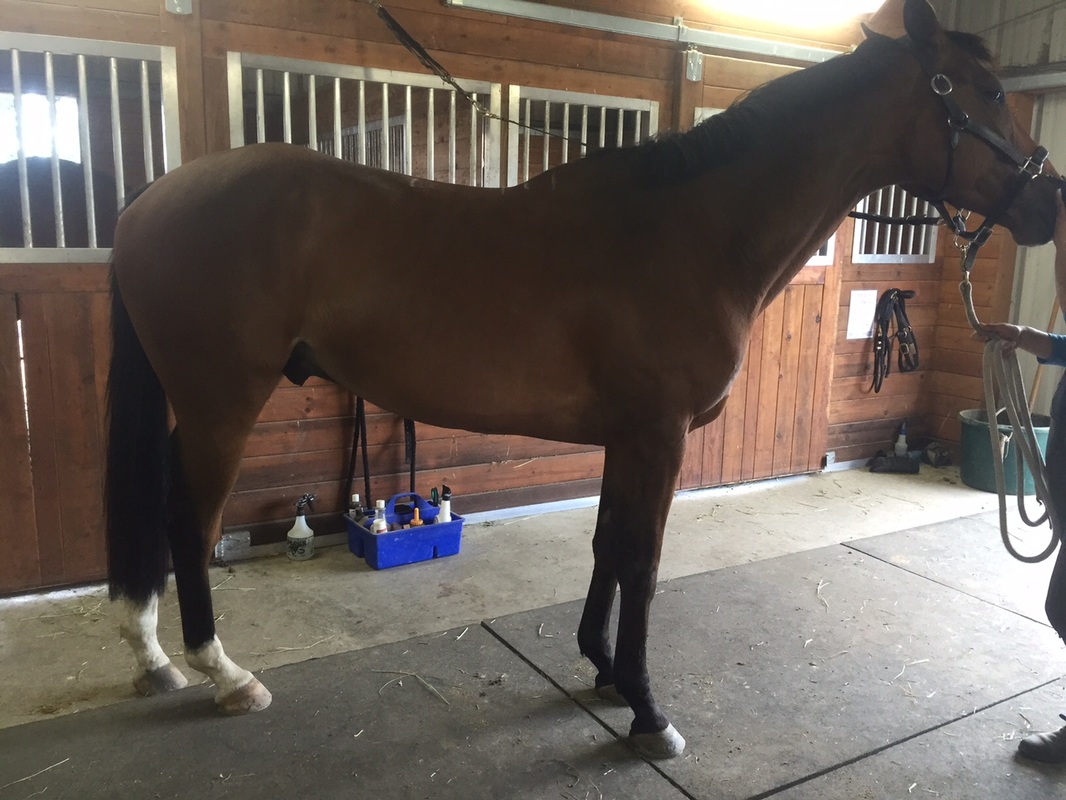
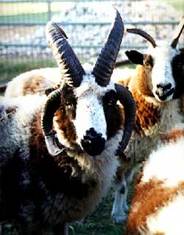
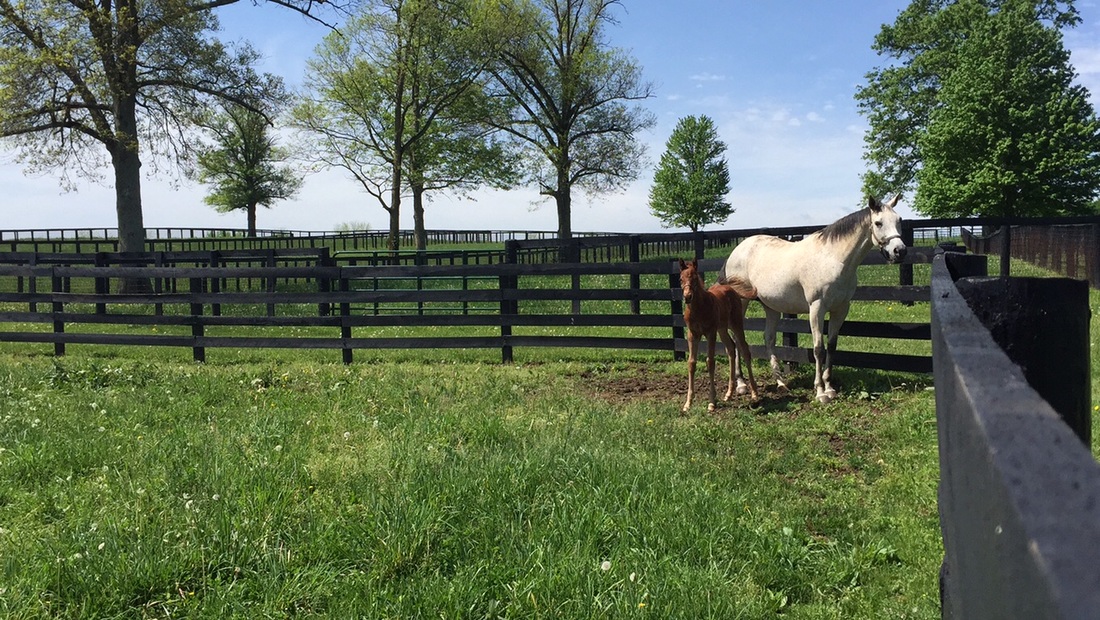
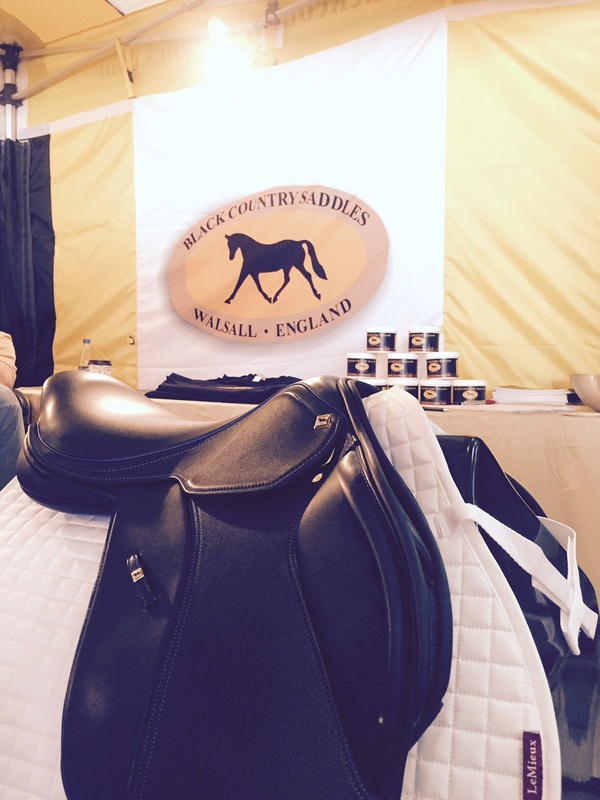
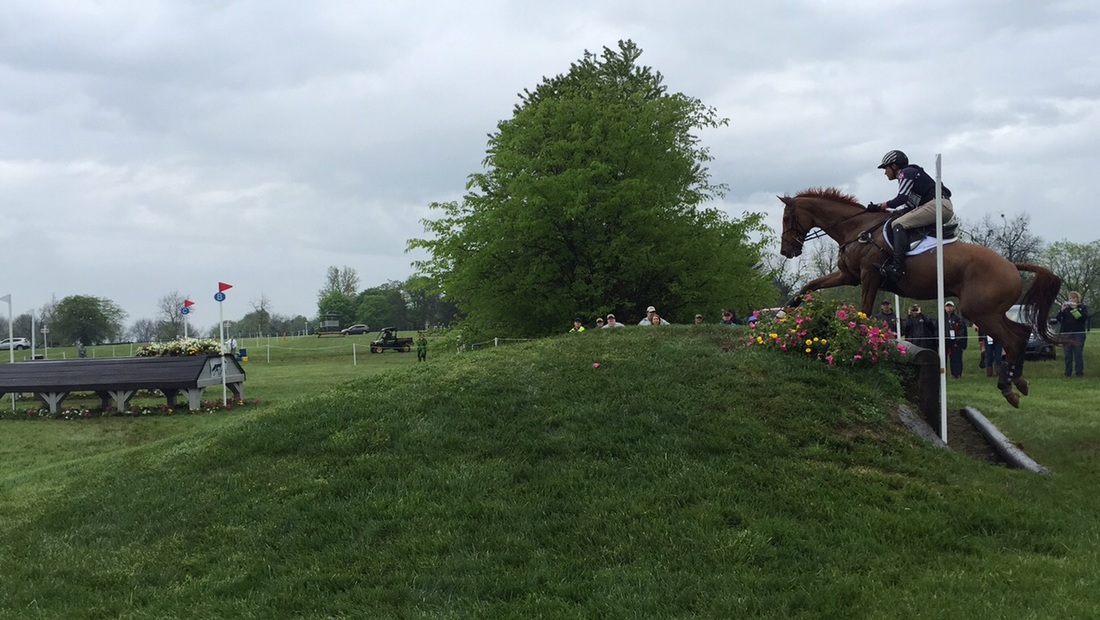
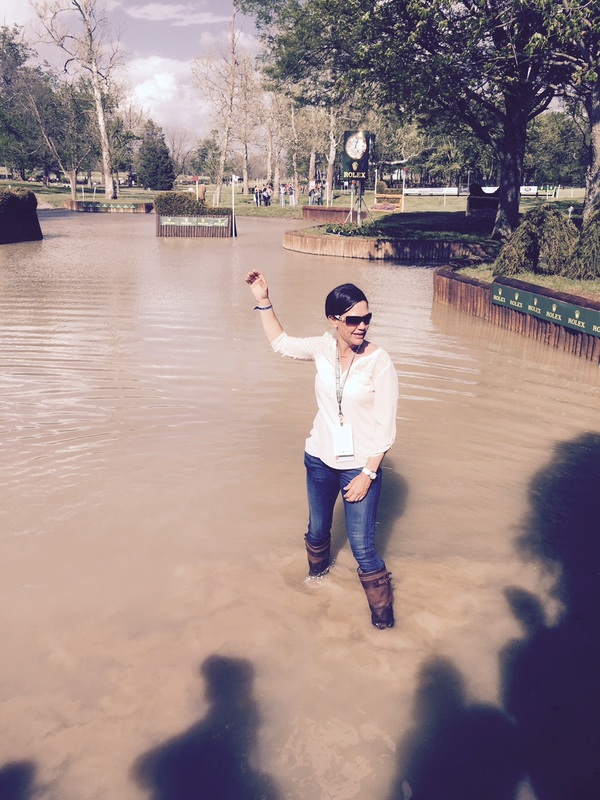
 RSS Feed
RSS Feed
